 The Parents We Mean To Be
The Parents We Mean To Be
How Well-Intentioned Adults Undermine Children’s Moral and Emotional Development
by Richard Weissbourd
Houghton Mifflin Harcourt, Boston, 2009. 241 pages.
Here is an interesting look at how we can help our children to grow up to be morally and emotionally strong. I recommend the book more for people who work with children or teens and are interested in cultural trends, but individual parents will find it interesting, too.
One significant point from the the book that struck me was reminding the reader that we are never done developing as a moral and emotional person — and our children are watching us. He reminds us not to hide our struggles and our growth from our children, because they are definitely watching.
In the introduction, the author says,
“We are the primary influence on children’s moral lives. The parent-child relationship is at the center of the development of all the most important moral qualities, including honesty, kindness, loyalty, generosity, a commitment to justice, the capacity to think through moral dilemmas, and the ability to sacrifice for important principles. . . .
“What I am acutely aware matters most as a parent is not whether my wife and I are ‘perfect’ role models or how much we talk about values, but the hundreds of ways — as living, breathing, imperfect human beings — we influence our children in the complex, messy relationships we have with them day to day.”
The book was based on research, including surveys, interviews, and focus groups. It presents some very interesting conclusions that don’t necessarily match what we think about kids learning “values.”
Richard Weissbourd says about the research,
“Much of what we found was heartening. Many parents care deeply about their children’s moral qualities, and we uncovered a wide variety of effective parenting practices across race, ethnicity, and class. This book takes up key, illuminating variations in these practices.
“Yet we also found much that is troubling. Some adults hold misguided beliefs about raising moral children, and some parents have little investment in their children’s character. And the bigger problem is more subtle: a wide array of parents and other adults are unintentionally — in largely unconscious ways — undermining the development of critical moral qualities in children.
“This book reveals this largely hidden psychological landscape — the unexamined ways that parents, teachers, sports coaches, and other mentors truly shape moral and emotional development. It explores, for example, the subtle ways that adults can put their own happiness first or put their children’s happiness above all else, imperiling both children’s ability to care about others and, ironically, their happiness. It shows not only how achievement-obsessed parents can damage children, but also how many of us as parents have unacknowledged fears about our children’s achievements that can erode our influence as moral mentors and diminish children’s capacity to invest in others. It explores why a positive parent instinct that is suddenly widespread — the desire to be closer to children — can have great moral benefits to children in certain circumstances but can cause parents to confuse their needs with children’s jeopardizing children’s moral growth. It reveals how the most intense, invested parents can end up subtly shaming their children and eroding their moral qualities, and it shows the hidden ways that parents and college mentors can undermine young people’s idealism.
“At the same time, this book describes inspiring parents, teachers, and coaches who avoid these pitfalls, as well as concrete strategies for raising moral and happy children. And it makes the case that parents and other adults have great potential for moral growth. Moral development is a lifelong project. Parenting can either cause us to regress or cultivate in us new, powerful capacities for caring, fairness, and idealism, with large consequences for our children. What is often exciting about parenting is not only the unveiling of our children’s moral and emotional capacities, but the unveiling of our own.”
Definitely interesting reading!
I also found it significant that one of the author’s conclusions is that we need community. This is exactly what my church stresses as one of the most important parts of the Christian life. Doesn’t this paragraph support the importance of community?
“Reducing parental isolation — giving parents more opportunities to support one another — and creating a sense of communal responsibility for children is a second critical challenge. When parents have trusting, respectful connections with one another, they are more likely both to be effective with their own children and to monitor and guide one another’s children.”
Now, the author recommends building up community family support programs, but the way this talked about the benefits of community resonated for me with what I was hearing at church. We’re better parents if we don’t try to parent in isolation.
Buy from Amazon.com
Find this review on Sonderbooks at: www.sonderbooks.com/Nonfiction/parents_we_mean_to_be.html
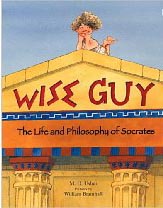 Wise Guy
Wise Guy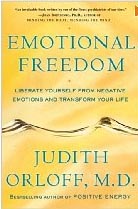 Emotional Freedom
Emotional Freedom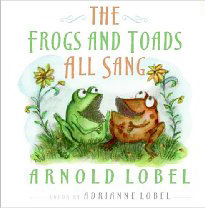 The Frogs and Toads All Sang
The Frogs and Toads All Sang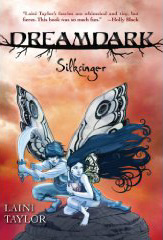 Dreamdark
Dreamdark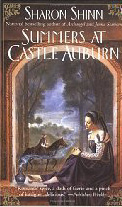 Summers at Castle Auburn
Summers at Castle Auburn The Parents We Mean To Be
The Parents We Mean To Be Graceling
Graceling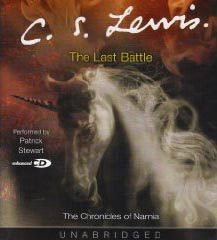 The Last Battle
The Last Battle The Forgiving Self
The Forgiving Self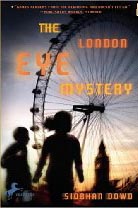 The London Eye Mystery
The London Eye Mystery